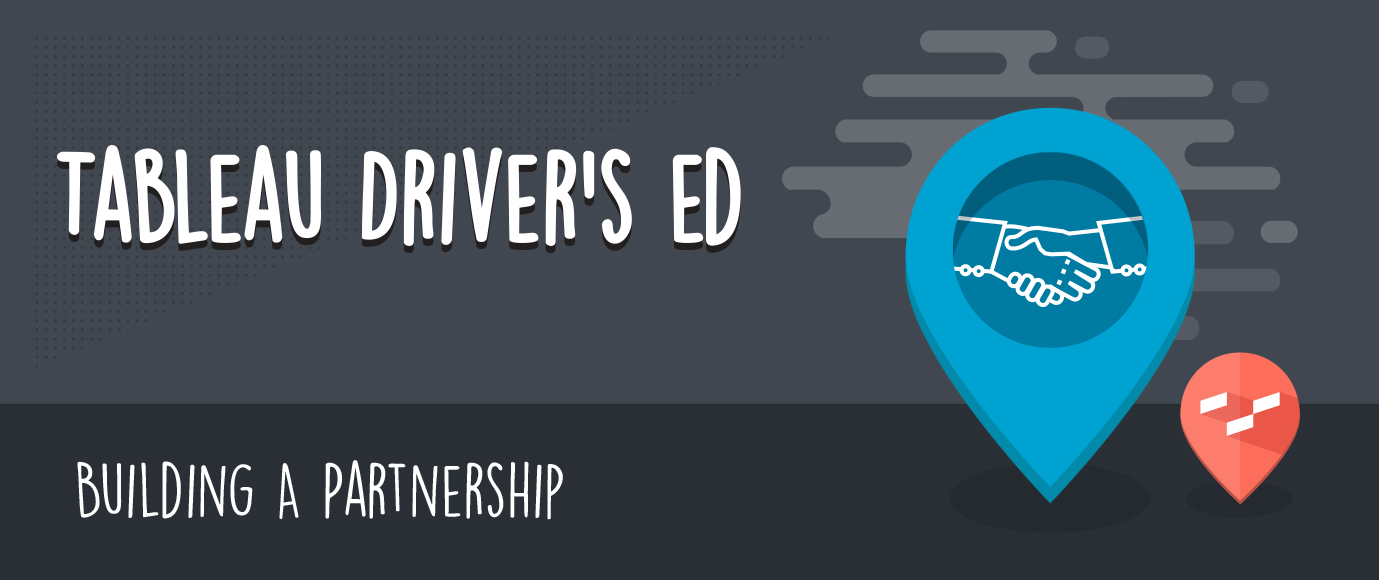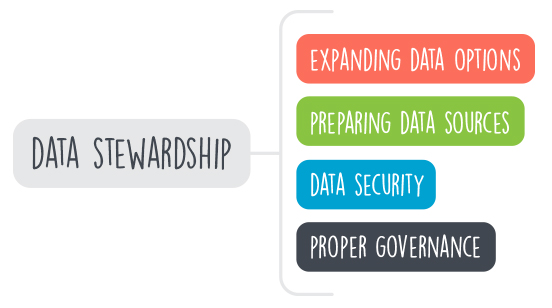Tableau Driver's Ed is a blog series in which we explain InterWorks' unique take on Tableau Drive, a new methodology for enabling self-serve BI in the enterprise.

Tableau Driver’s Ed is a new blog series in which we explain InterWorks’ unique take on Tableau Drive, a new methodology for enabling self-serve BI in the enterprise. For the full list of posts, check out the Tableau Driver’s Ed channel.
“The trouble with programmers is that you can never tell what a programmer is doing until it’s too late.”
– Seymour Cray, designer of the Cray Supercomputer
“Walking on water and developing software from a specification are easy if both are frozen.”
– Edward V. Berard, Author of “Essays on Object-Oriented Software Engineering”
These two quotes capture the stereotypical relationship between the business side of a company and the IT side. In many organizations, communication and cooperation between these two groups are less than stellar. Expectations are rarely aligned, and both sides point the finger in the other direction when things breakdown. If you’ve experienced it, you know the struggle is real. Add something like data analysis to the mix, and things can get gnarly. But, there is hope. Tools like Tableau Desktop make it easier for the business to be self-sufficient while new methodologies like Tableau Drive define clear roles for the business and IT, which keeps everyone happy.
So, what does a healthy relationship between these two groups even look like according to Tableau Drive? It starts with some common ground. Namely, the stakes for success and failure must be shared between both sides. The goals and milestones must be mapped as a cooperative effort. While responsibilities are shared and aggressively pursued in tandem, business leadership and IT have primary duties within the Tableau Drive team. But who owns what specifically?
The Role of IT
Most Tableau users know that the strength of your dashboards relies heavily on the integrity of your underlying data sources. With that in mind, data stewardship is the perhaps the greatest role IT will play in your Tableau Drive partnership. What does good data stewardship entail? For starters, it includes expanding your data options, preparing data sources for efficient dashboards, data security and proper governance. These items are the foundation of a sound data analysis practice.

The other vital role IT takes on Tableau Drive is the administration of Tableau Server. At InterWorks, we often preach that a dashboard’s success or failure is largely judged by how fast it renders. A viz can be amazingly useful, but poor performance can deter people from adopting it. That’s the polar opposite of what we’re trying to achieve with Drive. The efficiency of Tableau Server is impacted by several things – the initial deployment, the configuration, ongoing maintenance and optimization, and coordination with Tableau Desktop users for design best practices.
In addition to good data stewardship and efficient Tableau Server administration, there are other things that IT can do to speed up the Tableau adoption process. This might include the creation of learning resources like a wiki, project tools or communication software. The important thing is to work with the business on identifying which resources are actually useful to them. What a concept!
The Role of Business
Traditionally, the role of the business is to outline a plan and then continually wrangle IT to deliver on the business goals of that plan. With those responsibilities now a team effort between business and IT members on the Drive team, the business users can now impact the progress and success of individual projects from a tactical level without overloading IT.
In Drive, business users are charged with a very important task: setting up a Center or Evangelism (COE). The focus of this COE includes adopting tools and ideas that have the greatest impact on the rest of the organization.
For example, a COE might:

You may have caught on, but there is an important nuance in Drive that separates it from traditional means. In the past, IT would identify new tools that could add efficiency, automation or power for the business user. IT team members would then try (the keyword is try) to evangelize the new tools within the business. The usual outcome? Crushing defeat. The business would more often than not reject the tools because they’re not in line with what they really need. Womp womp. The genius of Tableau, and moreover Drive, is that the role of evangelist now lies with the business user. The business user has the power to create their own analysis and, as a stakeholder in the COE, directly influence decisions on what tools or resources to bring in.
Jump-Starting the Partnership
This new relationship sounds great in theory, but theory and application are two different beasts. The big question here is where to start? Starting any new endeavor requires a series of steps and missteps. The learning curve must be navigated while long-term strategic decisions are being considered, such as the financial investment in team building, deployment, licensing and more. It’s a lot keep tabs on, and that’s where InterWorks can help.
In our opinion, there’s no better way to jump-start a new partnership between business leaders and IT than by bringing in someone with experience. We’ve implemented Drive for countless organizations and have tackled just about every challenge that comes with building such a relationship. Often, we are brought into an organization to complete one particular task, but the experience and insight that our business intelligence consultants possess has a profound impact on numerous initiatives. In working with companies like Facebook, Google and Nike, we’ve tackled the most complex data sources and the largest deployments imaginable. That breadth of experience can be reassuring when implementing a multi-faceted, enterprise-level methodology like Drive.
Next Steps
It’s clear that the democratization of data and Tableau Desktop’s ease of adoption have created a new hybrid of business/IT analyst, but they’ve also created some new challenges. The good news is that Tableau Drive addresses these challenges by aligning strategies and target goals while letting each group focus on their core strengths.
If you’re looking for the right partner to bring Tableau Drive to your organization, it doesn’t get better than InterWorks. Our team of business intelligence experts can play a wide variety of roles in helping you build a solid relationship between IT and business. Hit us up with your situation. We’d love to help. Also, be sure to check the Tableau Driver’s Ed channel regularly for more posts in the series.

